Last Update: 5 Jan 2022.
6.1.1 There shall be standard operating procedures, and work instructions in place for the operation and management of the injection process.
6.1.2 The product temperature during preparation process may be 0°C to +5°C. If this is exceeded it shall not exceed +8°C and shall return to <5°C within 4 hours.
6.1.3 The product temperature during the injection process shall be 0°C to +5°C.
6.1.4 Injection gains shall be monitored, recorded and checked against specified “pick-up” targets for each batch of pork being processed by weight checks measured pre and post-injection on a specified number of products.
6.1.5 Checks shall be carried out on the injection needles before injection commences to verify that needles are intact and there is no blockage of the needles that could result in ‘mis-cure’.
6.1.6 Where non-conformance occurs, the site shall investigate root cause and implement corrective action.
Guidance
Appropriate recipes and work instructions shall be in place and detail the required criteria for the range of products produced on site. It is acknowledged that customers own brand label products may determine the recipe formulation.
Whilst the legal maximum temperature limit for meat in process is <8°C EHO`s tend to give some flexibility which maybe reflected by the approach taken by the auditor i.e. if temperatures of >8°C are seen but there is clear evidence that product temperatures are returning to <8°C within 4hours of final packing then it would be appropriate to raise this as an observation, however if the product temperature was still at higher than 4°C 4hours after final packing then this shall be viewed as a minor non-conformance.
Irrespective of the recipe formulation, in-process checks shall be undertaken to monitor the product temperature up to the point of filling. Records of temperatures shall be held.
Evidence
Documented procedures, recipes and work instructions for the operation and management of the injection process. Examples of product temperature records, injection gains and checks on needle integrity and evidence of record keeping where corrective action was undertaken.

